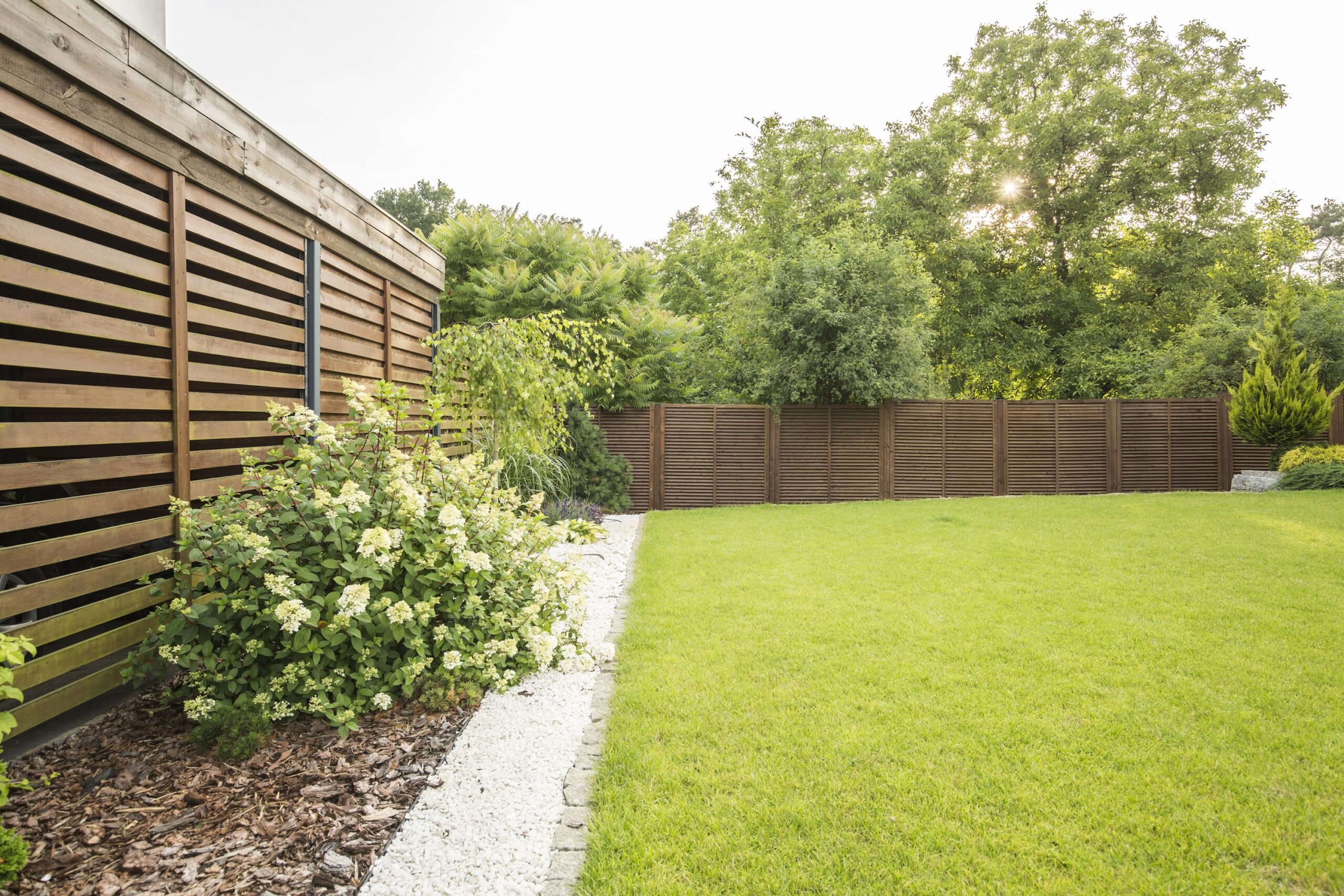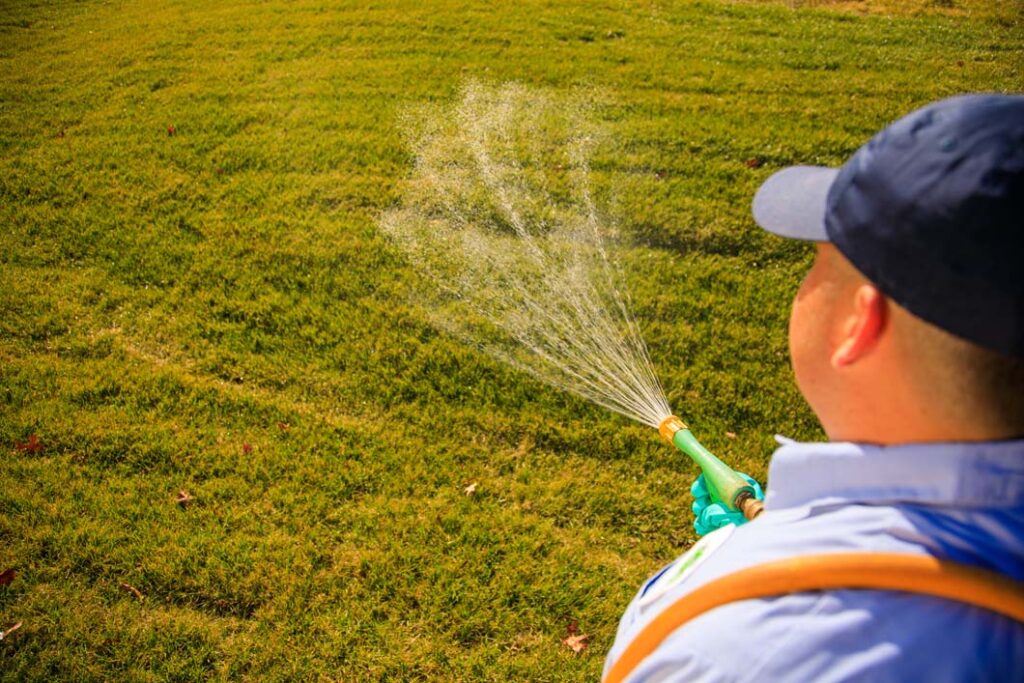
The snow retreating every spring is supposed to be a sign of beautiful, warm weather on the way. However, once the snow is finally gone, you may notice what it leaves behind in your grass: snow mold! What is snow mold, though? Well, let’s find out!
What is Snow Mold?
Snow mold is any fuzzy, white growth that occurs when certain cold weather-loving fungi affect your grass. This can be from a wide variety of molds, but most commonly, the disease is caused by Microdochium nivale. Unsurprisingly, given the name, cool season grasses like Kentucky bluegrass, perennial ryegrass, and fine and tall fescue are particularly vulnerable to snow mold, as they grow in areas that are more likely to see snow or cold and wet weather.
What Does Snow Mold Look Like?
Snow mold looks like a fine, fuzzy, white or pink growth that bears some resemblance to cobwebs. It typically manifests in patchy areas of dead-looking grass. These areas can be widespread across your lawn but rarely measure more than 12 inches across. Most often, you’ll observe this on your lawn after winter snows retreat in early spring, during periods of cold and rain, or even after wet, fallen leaves decompose. The visible mold doesn’t always stick around for very long, so instead of that, you may only observe a slimy brown residue on an affected spot.
What Causes Snow Mold?
Snow mold is caused by a cold weather fungus taking hold of your grass. While snow isn’t necessary for it to occur, the prolonged exposure to both cold and moisture that accompanies snow sitting on your lawn creates the ideal conditions for it to happen. As long as the right conditions are available, your grass is at risk of infection.
Damage from Snow Mold
Patches of snow mold on your grass can cause lasting damage to your lawn if left untreated. Depending on the variety of snow mold that you’re dealing with, affected areas can even die, leaving behind unsightly, discolored blemishes in your otherwise vibrant yard. This is particularly true if your grass is infected by the more aggressive pink snow mold.
Unlike the gray (sometimes called white) variety, pink snow mold causes your grass roots to die, requiring the removal of the dead plant and reseeding of the area. Gray snow mold can kill grass too, but it requires months of wet soil for that to happen and most often, only kills off the blades which will eventually be replaced by new growth.
How to Get Rid of Snow Mold
While snow mold may seem inevitable if you live in an area that experiences regular wintertime snow, there’s actually quite a lot that you can do to fight back! A few of the most effective ways to protect your grass from snow mold are:
- Removing as much snow from your lawn as possible after it stops falling.
- Not fertilizing within 6 weeks of your area’s first expected snowfall deprives the fungus of critical nutrients.
- Rake and dispose of fallen leaves before they begin to decompose.
- Properly mow and dethatch your lawn regularly during autumn.
- Make sure that your lawn is aerated, and fill in any holes, divots, or depressions to ensure proper drainage.
- Have your lawn care professional apply a chemical fungicide when necessary.
Other Types of Grass Mold
While snow mold may be one of the more common wintertime lawn diseases, Virginia and North Carolina are no strangers to other lawn ailments. A few common ones that you may encounter are:
- Brown Patch
- Dollar Spot
- Fusarium Blight
- Powdery Mildew
- Red Thread
- Rust
Different grass molds target your lawn at different times of the year and are brought about by a wide variety of conditions, so be sure to consult your lawn care technician if you have any questions.
Call The Green Team For Help
If all of that seems like more work than you have time to do, don’t worry. You’re not condemning your yard to a moldy fate; you just need a little help from a trusted professional. That’s where we at The Green Team can be of service! Our lawn care treatments will keep your grass healthy and looking its best all year, from the depths of winter to the dog days of summer. Don’t wait for snow mold to damage your lawn further; claim your free lawn care treatment today.




